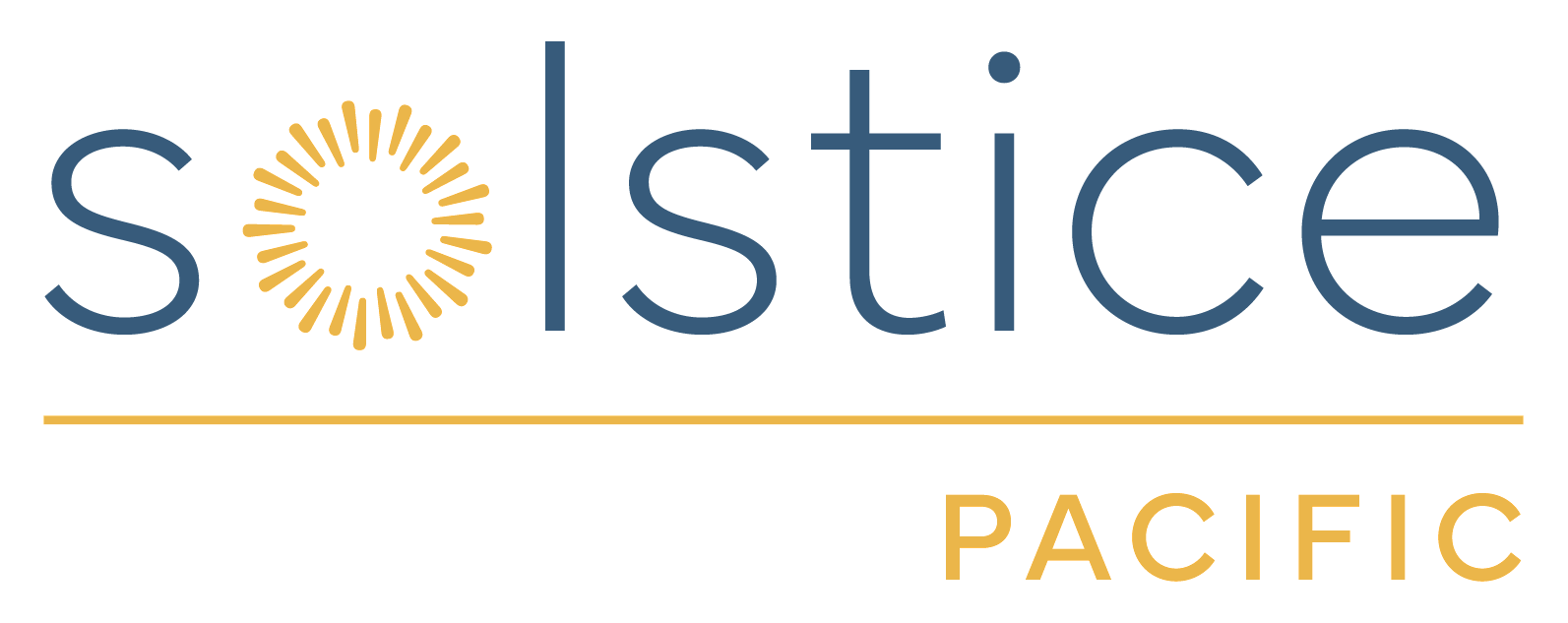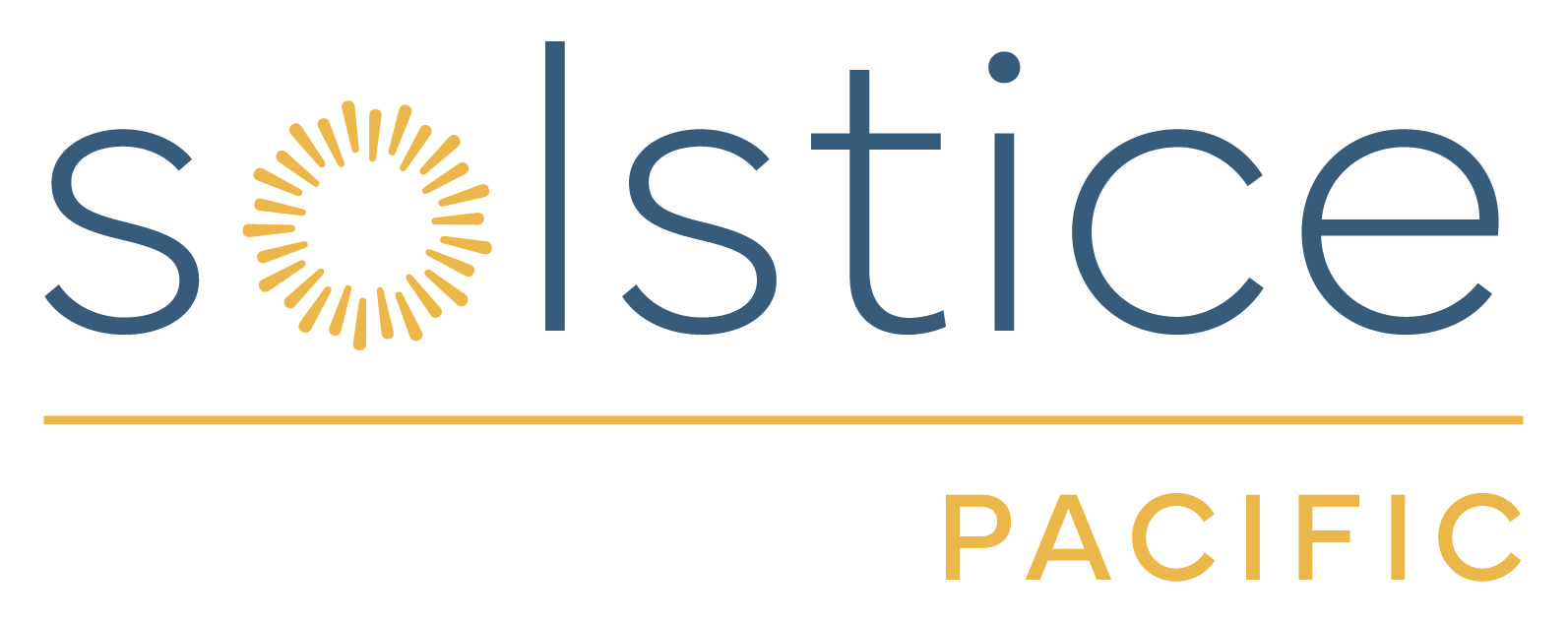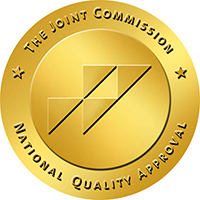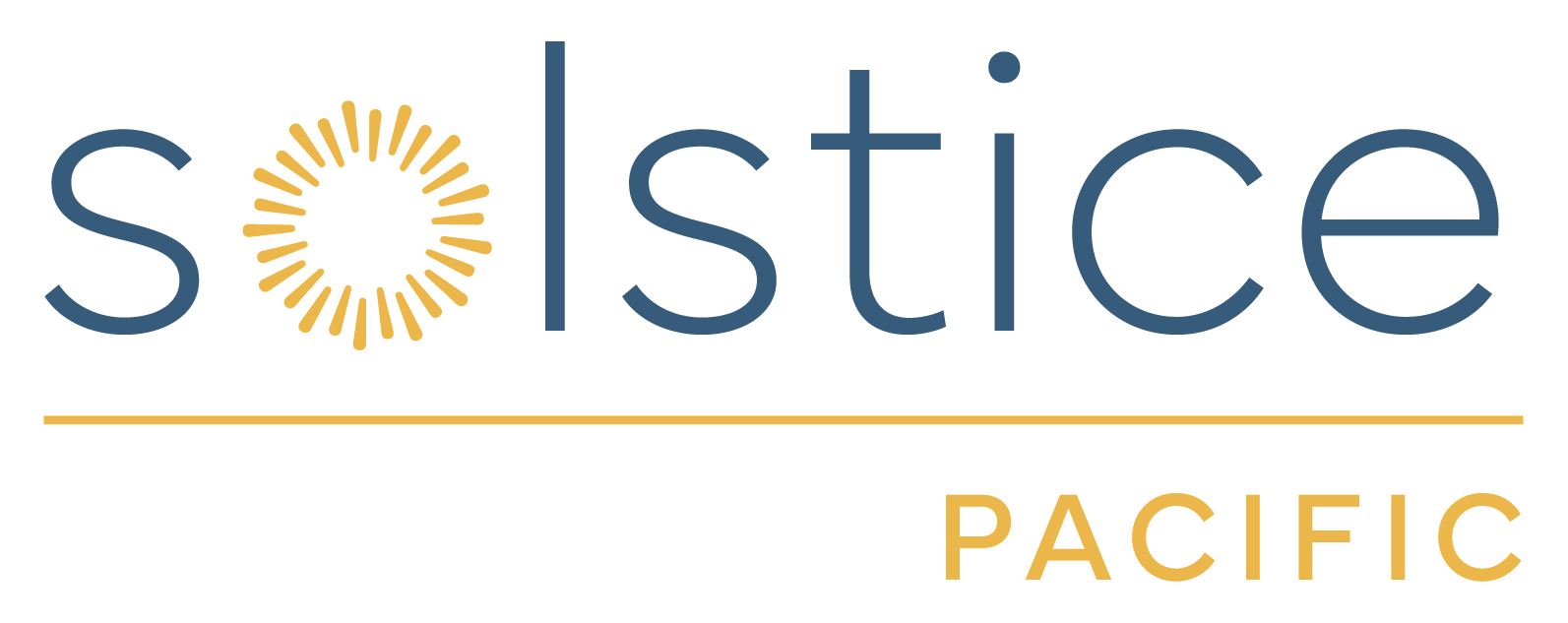Autism Treatment

No Two People with ASD Experience It the Same
Life in and through autism is not as much of a wasteland or puzzle as it seems when you first start to learn about your loved one’s needs. Through separate, but concurrent services and counseling, we help family members better understand the disorder, address dynamic needs and heal while becoming an active, positive participant in their loved one’s recovery. Empathy can be mutual and we will show you how. The family is our first social experience, so this is where ritualistic, repetitive communication means the most for an Autistic loved one. Like them, you have unique needs and while no two people experience ASD the same way, no two families cope the same way. At Solstice, our approach to care for Autism begins with a history of those in the family unit. We introduce a values-based approach to unite the family around something everyone agrees upon. Something as simple as limiting screen time two hours before dinner or using more open ended conversation like, "Tell me about the highlight of your day. What was that like?" While regulating emotion, social cues, autonomy and basic conversation can be sensitive areas for any family, those with ASD or the loved ones around them feel a constant struggle. The weight of that struggle requires treatment for both the one diagnosed with ASD and the caretaker(s) or family member(s).
What's Different About ASD Treatment with Solstice Pacific
Combining behavioral interventions, functional medicine, trauma informed care and MeRT℠, our patients and their families experience the comfort of being known and the hope of adaptive coping. There is no cure for Autism. It is a multi-factorial, highly prevalent disorder of the developing neo-cortex, rendering symptoms in the first 3 years of life. We focus our care on everything from relationships to people, adaptation to change, body use, fear and nervousness, verbal response, listening response and much more. Self-regulating starts with mapping, understanding and modulating the brainwaves, but also relies on seeing, processing and exploring outside stimuli. It is the functions we cannot see that often lead to the systems and beliefs that we do see. While a strict routine seems rigid for some, for others, the brainwaves tell the story of one network or process trying to make up for another. Often without words to explain any of it. The average person has no idea what's going on in their brain. Our research reveals that if we want to improve the long term therapies and long term health of the person with ASD, we need an EEG and MeRT to do more than just achieve survival for one more day. If you’re interested in knowing what to expect during these treatment approaches, check this page to know more. Results of these treatments may be seen here.
Being understood, feeling seen and cared for takes time and rapport. Our professionals work with everyone, not just the identified patient to achieve self-regulation, the exchange of compassion and healthy interdependence. The truth is, families who unite around a few values have the hope to unite around much more. The work you will do here will be different than the linear approach most will offer. We are willing to travel the distance so that traveling far, together, is more about the empathy you learn and less about the behaviors that seem insurmountable. Self-compassion is usually lacking in the families we meet because most feel pressured by the ins and outs of daily living. If you are willing to create a treatment plan for you and for your loved one, we assure you empathy will lead to increasing self-efficacy and peace. Completing this brief assessment marks the beginning of their therapeutic procedure. This individualized approach requires mutual ownership of the outcome, so please contact us if you are willing to commit to your care in addition to your loved one's needs.




